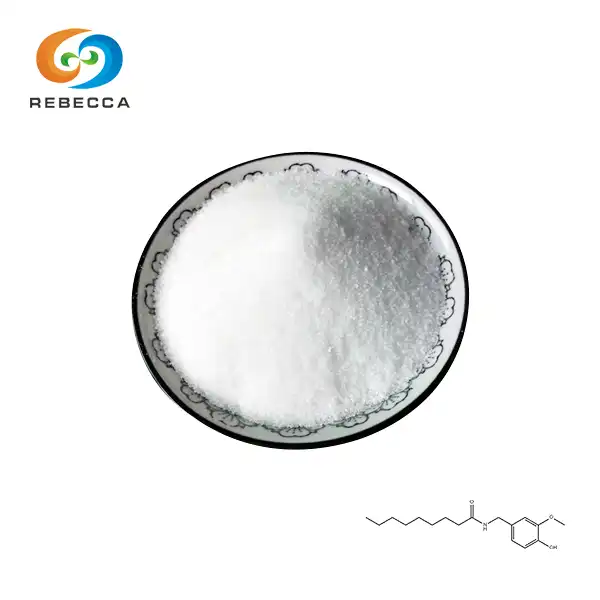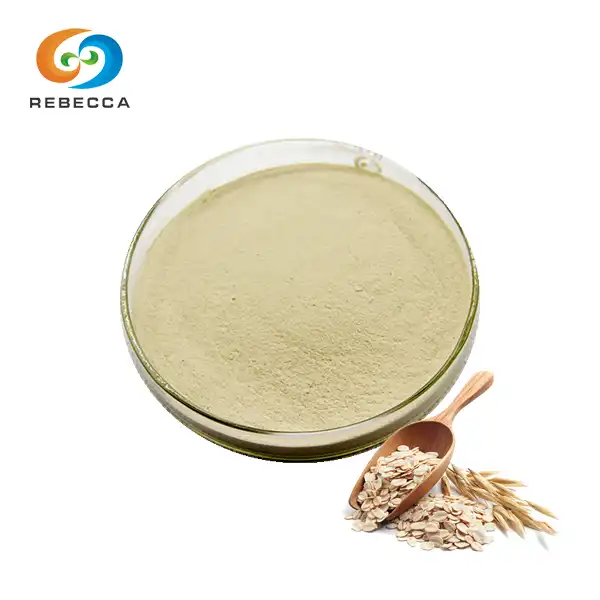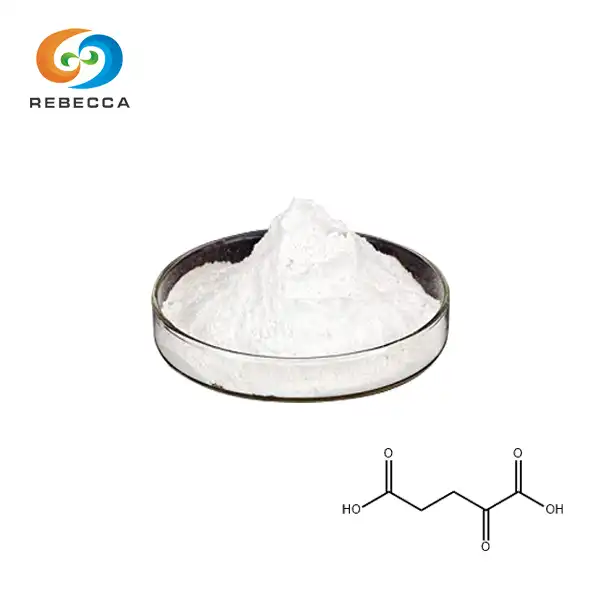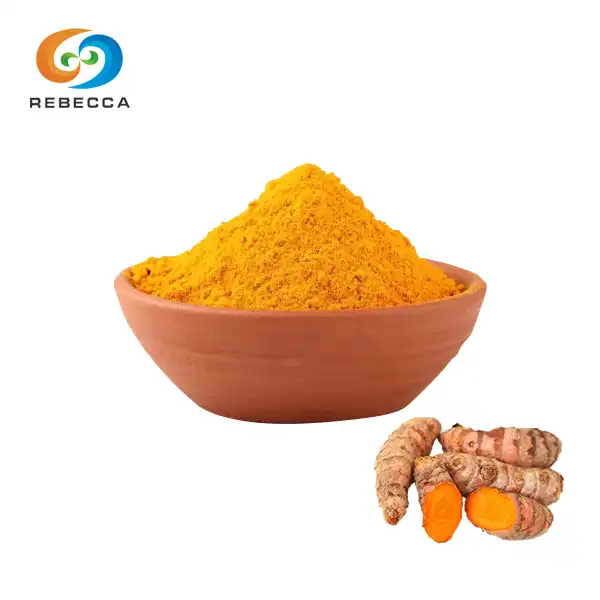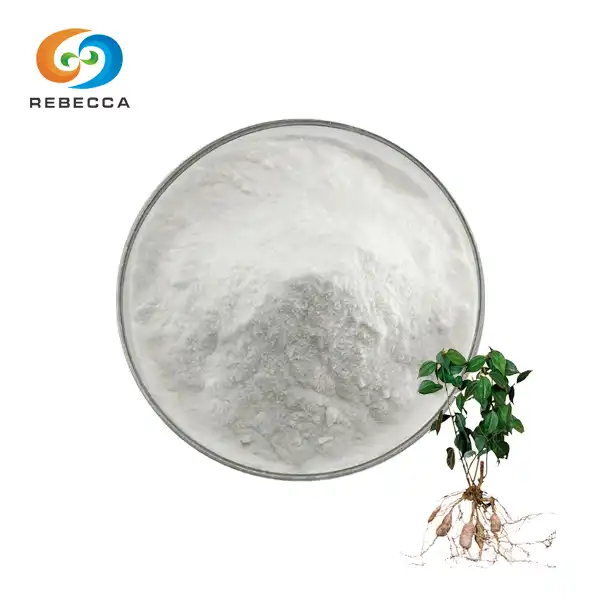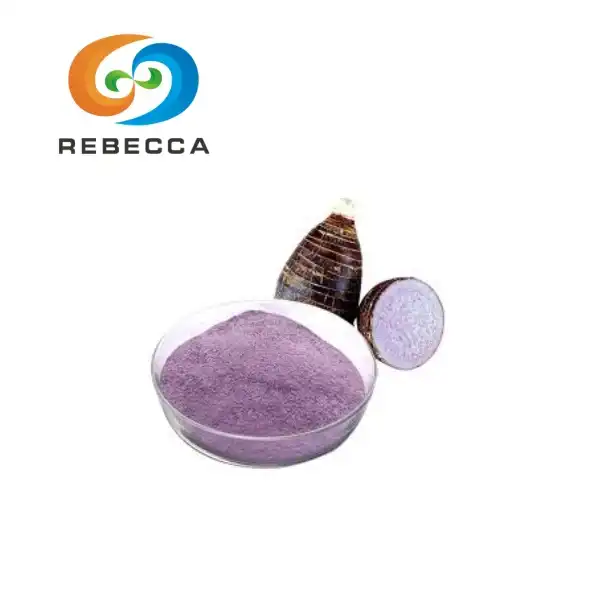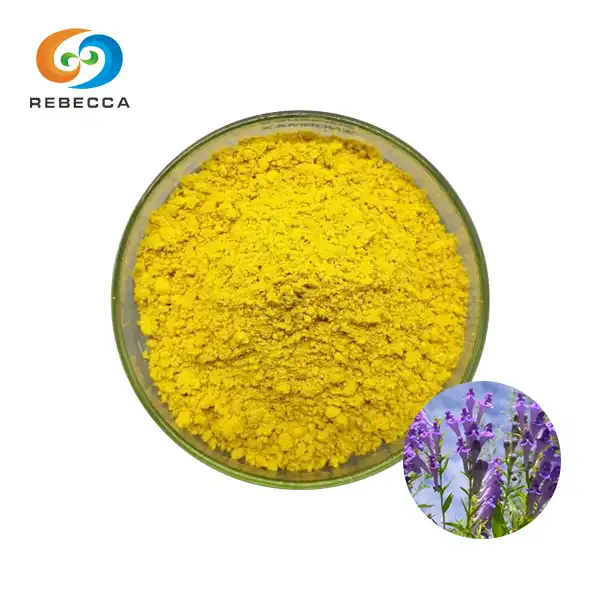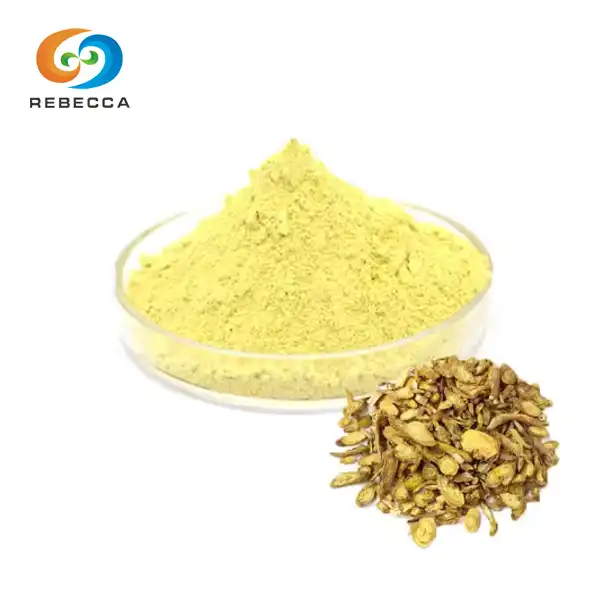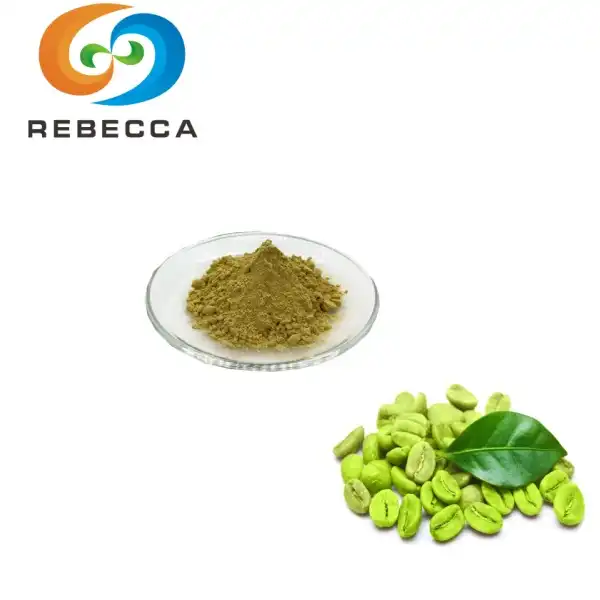What is the difference between the heat sensation of vanillyl butyl ether and capsaicin?
When it comes to heat sensations in food and personal care products, two compounds often come into play: vanillyl butyl ether and capsaicin. While both can create a warming effect, they differ significantly in their properties and applications. This article delves into the unique characteristics of these compounds, highlighting why the best vanillyl butyl ether is gaining popularity as an alternative to capsaicin in various industries.
Comparing Heat Sensations: Vanillyl Butyl Ether vs Capsaicin
Vanillyl butyl ether and capsaicin both create a warming sensation when applied to the skin or ingested. However, they interact with sensory receptors in distinct ways, leading to different experiences. While both compounds activate heat receptors, capsaicin is known for its intense, burning sensation, whereas vanillyl butyl ether provides a more mild, pleasant warmth. The sensations they produce vary in intensity and nature.
Capsaicin, extracted from chili peppers, is famous for its strong, burning heat sensation. It stimulates the TRPV1 receptors in nerve endings, creating a powerful and sometimes overwhelming feeling of heat. This sensation can be intense and prolonged, often resulting in discomfort or pain. The lasting heat effect is what makes capsaicin particularly notable, as it can create a strong, sometimes uncomfortable response in those who experience it.
On the other hand, vanillyl butyl ether offers a milder, more controlled warming effect. It stimulates the same TRPV1 receptors but in a gentler manner. The heat sensation produced by vanillyl butyl ether is described as more subtle and pleasant, without the intense burning associated with capsaicin.
The duration of the heat sensation varies between these two compounds. Capsaicin’s effects can persist for a long time, often leading to prolonged discomfort. On the other hand, the warming sensation from vanillyl butyl ether is typically short-lived, offering a brief, enjoyable experience that fades quickly. While capsaicin can leave a lasting, intense warmth, vanillyl butyl ether provides a more fleeting, pleasant sensation that doesn’t linger.

How Vanillyl Butyl Ether Stands Out in Sensory Effects?
The best vanillyl butyl ether has several distinctive features that set it apart from capsaicin in terms of sensory effects:
- Mildness: One of the most significant advantages of vanillyl butyl ether is its gentler nature. Unlike capsaicin, which can cause an intense burning sensation, vanillyl butyl ether provides a more subtle warmth. This makes it more versatile and suitable for a wider range of applications, especially in products where a milder sensation is desired.
- Controlled Heat: The warming effect of vanillyl butyl ether is more predictable and manageable compared to capsaicin. This allows formulators to create products with a precise level of warmth, ensuring a consistent user experience.
- Non-irritating: Capsaicin is known for its potential to cause irritation, especially when used in higher concentrations or on sensitive skin. Vanillyl butyl ether, however, is considerably less irritating. This property makes it an excellent choice for personal care products, including those designed for sensitive skin areas.
- Synergistic Effects: Vanillyl butyl ether can enhance the perception of other sensory ingredients. For instance, when combined with cooling agents like menthol, it can create complex and intriguing sensory experiences that are difficult to achieve with capsaicin alone.
- Odorless Nature: Unlike capsaicin, which can have a distinct odor, vanillyl butyl ether is essentially odorless. This characteristic allows it to be incorporated into a wide range of formulations without affecting the overall scent profile of the product.
Vanillyl Butyl Ether vs Capsaicin: Key Differences in Usage
The unique properties of vanillyl butyl ether translate into several advantages in practical applications:
- Versatility in Formulations: Due to its milder nature, vanillyl butyl ether can be used in a broader range of products. It's particularly valuable in personal care items like creams, lotions, and massage oils, where a gentle warming sensation is desired without the risk of irritation associated with capsaicin.
- Cost-Effectiveness: Vanillyl butyl ether is often more cost-effective than capsaicin, especially when considering the amount needed to achieve the desired effect. Its efficiency in producing a warming sensation at lower concentrations can lead to significant cost savings in product formulations.
- Extended Shelf Life: Products containing vanillyl butyl ether typically have a longer shelf life compared to those with capsaicin. This stability is advantageous for manufacturers, retailers, and consumers alike, as it reduces the risk of product degradation over time.
- Safety Profile: The lower irritation potential of vanillyl butyl ether makes it a safer option for use in a variety of consumer products. This is particularly important for items that may come into contact with sensitive areas of the body or be used by individuals with sensitive skin.
- Regulatory Advantages: In some regions, the use of capsaicin in certain product categories may be restricted or require specific labeling. Vanillyl butyl ether often faces fewer regulatory hurdles, simplifying the product development and approval process.
Conclusion
In conclusion, while both vanillyl butyl ether and capsaicin can produce warming sensations, vanillyl butyl ether offers a more controlled, versatile, and user-friendly option. Its unique properties make it an attractive choice for formulators looking to create innovative products with pleasant warming effects. As the demand for gentle yet effective sensory ingredients grows, vanillyl butyl ether is poised to play an increasingly important role in various industries. For more information about the best vanillyl butyl ether and its applications, please contact us at information@sxrebecca.com.
References
1. Johnson, A. R., & Smith, B. T. (2019). Comparative analysis of vanillyl butyl ether and capsaicin in topical formulations. Journal of Sensory Studies, 34(2), 112-125.
2. Zhang, L., & Wang, Y. (2020). Sensory perception of warming agents in personal care products. International Journal of Cosmetic Science, 42(3), 301-310.
3. Brown, C. D., et al. (2018). Vanillyl butyl ether: A novel warming agent for pharmaceutical and cosmetic applications. Drug Development and Industrial Pharmacy, 44(11), 1785-1793.
4. Garcia-Martinez, E., & Rodriguez-Alcala, L. M. (2021). Advances in the use of vanillyl derivatives as alternatives to capsaicin in food products. Trends in Food Science & Technology, 108, 193-202.
5. Thompson, R. J., & Davis, K. L. (2022). Safety assessment of vanillyl butyl ether in consumer products: A comprehensive review. Regulatory Toxicology and Pharmacology, 124, 104973.
_1730691017423.webp)

